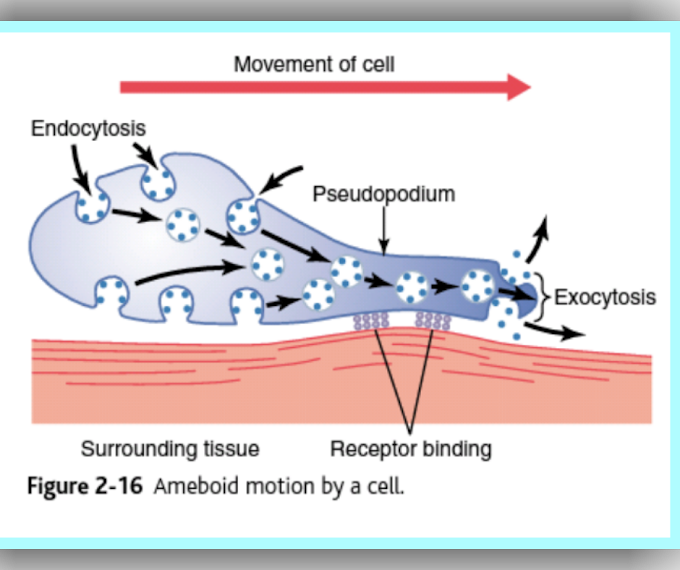TYPES OF LEARNING
1. HABITUATION :
We usually think of learning as resulting in the expansion of an individual’s behavioral repertoire perhaps learning a new skill or a new association. However, in habituation, the animal learns not to respond to a particular stimulus because the stimulus has proven to be harmless. A bird must learn not to fly away every time the wind rustles the leaves. Habituation can be defined more precisely as the waning of a response after repeated presentation of a stimulus. Once habituation occurs, its effects are long lasting. Habituation is everywhere, from unicellular protozoans to humans. It is generally considered to be the simplest form of learning.
A classic example that illustrates the essential characteristics of habituation is the clamworm, Nereis pelagica. This marine polychaete lives in underwater tube-shaped burrows it constructs out of mud. It filters tiny bits of food from the water. When it feeds, it partially emerges from its tube. However, it withdraws quickly back into the safety of the tube when it senses sudden stimuli such as a shadow that could signal the approach of a predator.
Clark (1960) kept clamworms in shallow pans of water in the laboratory. When he passed a shadow over them, they withdrew into their tubes. The second time he presented the shadow, slightly fewer worms responded. The third presentation elicited even fewer withdrawals. The clamworms had habituated, and the effects of habituation lasted for several hours. The clamworms’ decline in responsiveness was not because the sense organs became adapted to the stimulus, because sensory adaptation occurs much more quickly than this. Nor was the decline due to muscle fatigue, because habituated worms still withdrew in response to prodding. The clamworms had learned to stop responding to the shadow.
2. CLASSICAL CONDITIONING :
In associative learning, some sort of a mental connection is formed between representations of two stimuli. The first type of associative learning we will examine is classical conditioning. For many people, the phrases “classical conditioning” and “Pavlov’s dogs” are intertwined. Pavlov first laid out the principles of classical conditioning in 1927. Pavlov was a Russian physiologist whose main interest was not learning but digestion. He wondered why a dog salivates at the anticipation of food rather than just its presence. He hypothesized that the animal had made a connection between the sight or smell of food and the food itself, and he became interested in exactly how dogs made these associations. To measure saliva, Pavlov made a small opening, or f istula, in the dog’s cheek so that the saliva would drain into a funnel outside the dog’s body. The hungry dog was harnessed into position on a stand and then presented with various stimuli. As expected, the dog salivated when powdered food was blown into its mouth. In contrast, it did not salivate when it heard the sound of a bell. Then Pavlov began pairing these two stimuli: immediately before food powder was presented, the bell sounded. Pavlov presented these paired stimuli repeatedly at intervals over several days. After 30 presentations, the dog salivated in response to the bell alone. As trials continued, the dog salivated more profusely and responded more quickly to the bell.
3. OPERANT CONDITIONING :
Another form of associative learning is operant (or instrumental) conditioning. The formal study of this topic was begun by Thorndike, who invented a “puzzle box” with a door that could be opened with a latch on the inside. Thorndike would place a hungry cat in the box with a tempting bowl of food outside the box. The cat would leap around in an attempt to get to the food. Eventually, the cat would accidentally hit the lever in the correct way, the door would open, and the cat would get to eat. Thorndike would then scoop up the cat and pop it back in the box again. Over successive trials, a typical cat would get faster and faster at performing the correct behavior to release the latch. This type of learning is called operant conditioning to emphasize that the animal operates on the environment to produce consequences. It is also called trial and error learning.
4. LATENT LEARNING :
Sometimes animals seem to learn without any obvious immediate reward. For instance, an animal can learn important characteristics of its environment during unrewarded explorations and then use this information later. Even though the knowledge is not put to immediate use (i.e., it is latent), it may later prove to be lifesaving. The value of latent learning seems intuitively obvious. Several studies have shown that familiarity with the terrain improves survival. Pairs of white-footed mice (Peromyscus leucopus) were released into a room with a screech owl (Otus asio). One of the pair previously had the opportunity to explore the room for a few days. The other mouse had no experience in the room. On 13 of the 17 trials, the owl caught one of the mice. Only two of the captured mice were from the group that was familiar with the room, suggesting that their knowledge of the environment helped them evade the predator.
5. SOCIAL LEARNING :
Learning from others is a fundamental part of human learning , but it is not part of every animal’s behavioral repertoire. Clearly, social species have much greater opportunity for social learning than do solitary species. The term social learning encompasses a broad range of phenomena, some of which suggest a higher level of cognitive skill on the part of the animal than do others. In some cases, animals inadvertently provide information to other animals. In other cases, individuals actively share information through specific signals. Researchers who study social learning distinguish several categories.






2 Comments